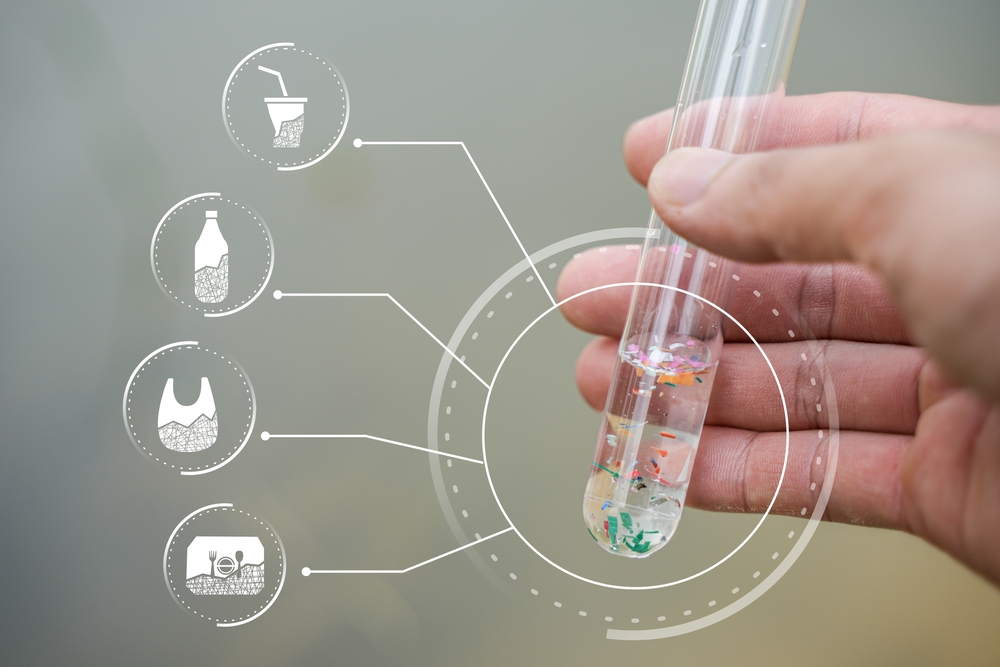Surprising research reveals previously overlooked connections between sewage runoff and airborne microplastic pollution, revealing potentially serious threats to public health in coastal towns and cities around the world.
Researchers at the University of Plymouth and the Plymouth Marine Research Institute have found compelling evidence that a combination of wastewater overflow and onshore wind could drive billions of microscopic plastic particles into the atmosphere, exposing urban populations to invisible aerial pollutants.
Dr. Lauren Bierman, a lecturer in marine science at the University of Plymouth and lead author of the study, explained: Nanoplastics for human health.
“Our research is the first to create a relationship between water pollution and air quality, raising questions about potential health risks.”
Aerial plastic from the sea to the city
Using a combination of weather records, satellite imagery and sewage overflow data, scientists studied the two-year total sewage overflow in Plymouth Sound.
They found that for 178 days of that time frame, wastewater discharge coincided with coastal winds blowing directly towards the city at a rate of more than 6.5 meters (23.4 km/h).
These conditions suggest that they are optimal for a process known as aerosolization: transport from seawater to air via seawater spray and foam.
In total, the researchers estimate that aerosolization could have occurred during almost 1,600 hours or approximately 10% of the study period.
New routes for microplastic pollution
This revelation adds something about a new dimension to the global microplastic pollution crisis.
Scientists have long known that sewage runoff contains large quantities of microplastics and nanoforming strategies, but this study is the first to suggest that these particles can be transported into the air and potentially inhaled by nearby communities.
Inhaled microplastics are a new concern in environmental health research, and there is growing evidence linking them to respiratory problems, inflammation and other serious health issues.
By highlighting potential airborne exposure routes derived from sewage runoff, this study encourages both policymakers and public health officials to consider the broader consequences of marine pollution.
Coastal pollution patterns revealed by satellites
The study also looked into satellite data, revealing visible river plumes extending up to 10 kilometres offshore following major runoff events.
These plumes coincided with a significant decrease in coastal water clarity, especially in late autumn and early winter. This was most common in sewage overflow.
Water quality degradation during these peak runoff periods supports the theory that marine conditions in heavy rain and strong winds are ideal for aerosol dissolution and inland transport of microclastic particles.
Global implications for coastal communities
With thousands of cities across the UK and around the world still relying on sewer systems, where stormwater runoff and domestic sewage share the same pipe, the likelihood of similar aerial plastic contamination in other coastal regions is high.
The findings highlight the urgent need for investment in wastewater infrastructure and further research into the aerial transmission of microplastics.
By linking marine sewage pollution with degraded air quality, this study raises important questions about how environmental factors interact and affect public health.
As the full-scale microplastic crisis continues to unfold, this research serves as a timely reminder that what flows into the ocean isn’t always there, and that sewage runoff may pollute not only our water, but the very air we breathe.
Source link

